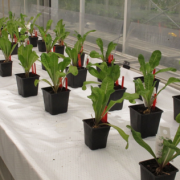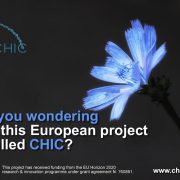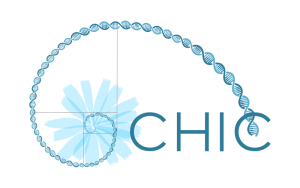What are New Plant Breeding Techniques (NPBTs)
NPBTs are innovative tools that enable plant breeders to develop novel plant varieties that may provide solutions for environmental and food quality as well as food supply challenges.
Conventional plant breeding generally relies on techniques of which the outcome is difficult to predict, requiring between seven and twenty-five years, depending on the species, to generate the desired characteristics and to introduce these into stable and uniform new plant varieties.
NPBTs allow the plant breeding industry to produce plant varieties in a similar – but more precise – manner compared to conventional breeding techniques, in a significantly shorter timeframe.
The precise increase in speed depends on the species of plant, the desired property and in some cases, the technique used. For example, scab-resistant apples have been produced by use of cisgenesis in approximately 12 years, compared to an exceptionally long period of 50 years with conventional breeding techniques. A rough estimate is that NBTs decrease the breeding timeframe by 50%.
It can be anticipated that, as science on NPBTs progress and breeders start practically using these techniques, further refinements and efficiencies will be found, which will lead to an additional reduction of the plant breeding lead time.
Since research into novel techniques of plant breeding is ongoing and evolving continuously, there is no finite set of NBTs and future techniques may be put under the same ‘umbrella term’. The NBT Platform has chosen to focus on the seven principal NBTs as proposed by the EU Competent Authorities to the New Techniques Working Group[1], as well as by the Joint Research Commission in their respective reports on NBTs[2].
These seven techniques are:
- Site-Directed Nucleases (SDN) (as representative of a growing group of related techniques including amongst others Zinc Finger Nuclease-1/2/3, TALENs, Meganucleases and CRISPR systems)
- Oligonucleotide Directed Mutagenesis (ODM)
- Cisgenesis
- RNA-dependent DNA methylation (RdDM)
- Grafting (non-GM scion on GM rootstock)
- Reverse breeding
- Agro-infiltration (Agro-infiltration ‘sensu stricto’, Agro-inoculation)
By developing and implementing a set of NPBTs, CHIC project will adapt the biosynthesis and architecture of root chicory. This will strengthen chicory as a production system for high-quality dietary fibres and establish it as a source of bioactive terpenes.
NPBTs are of utmost importance for plant breeders in Europe, as they provide them with a ‘toolbox’ of innovative plant breeding methods alongside the traditional methods, which allow them to remain globally competitive. Most of the world’s research on NPBTs was done in Europe, totalling to almost 46% of research published up to 2011[3].
[1] New Techniques Working Group. (2011). New Techniques Working Group Final Report. New Techniques Working Group/European Commission.
Source: http://www.nbtplatform.org/frequently-asked-questions






 This project has received funding from the EU Horizon 2020 research & innovation programme under grant agreement N. 760891.
This project has received funding from the EU Horizon 2020 research & innovation programme under grant agreement N. 760891.

